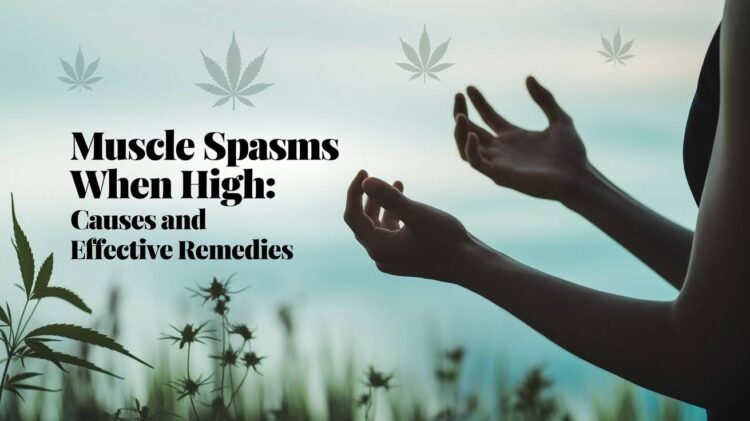Have you ever noticed unexpected muscle twitching after using cannabis? You’re not alone. Many users experience these involuntary contractions, often called “weed shakes,” especially with higher THC consumption.
This article will help you understand what causes these muscle spasms and how to manage them effectively. We’ll cover the science behind cannabis-induced muscle reactions and provide practical prevention strategies.
Our team has researched peer-reviewed studies and consulted medical professionals to bring you accurate, evidence-based information. We understand the concern these symptoms can cause.
You’ll learn to distinguish between normal cannabis effects and potentially concerning reactions. Most importantly, you’ll get proven strategies to reduce spasm frequency and intensity.
This information comes from verified medical sources and real user experiences, ensuring reliable answers to your cannabis-related muscle spasm questions.
Primary Causes of Muscle Spasms When High
Too much THC overwhelms your body’s cannabinoid receptors, disrupting normal muscle control and causing involuntary spasms.
1. THC Overconsumption as the Main Trigger
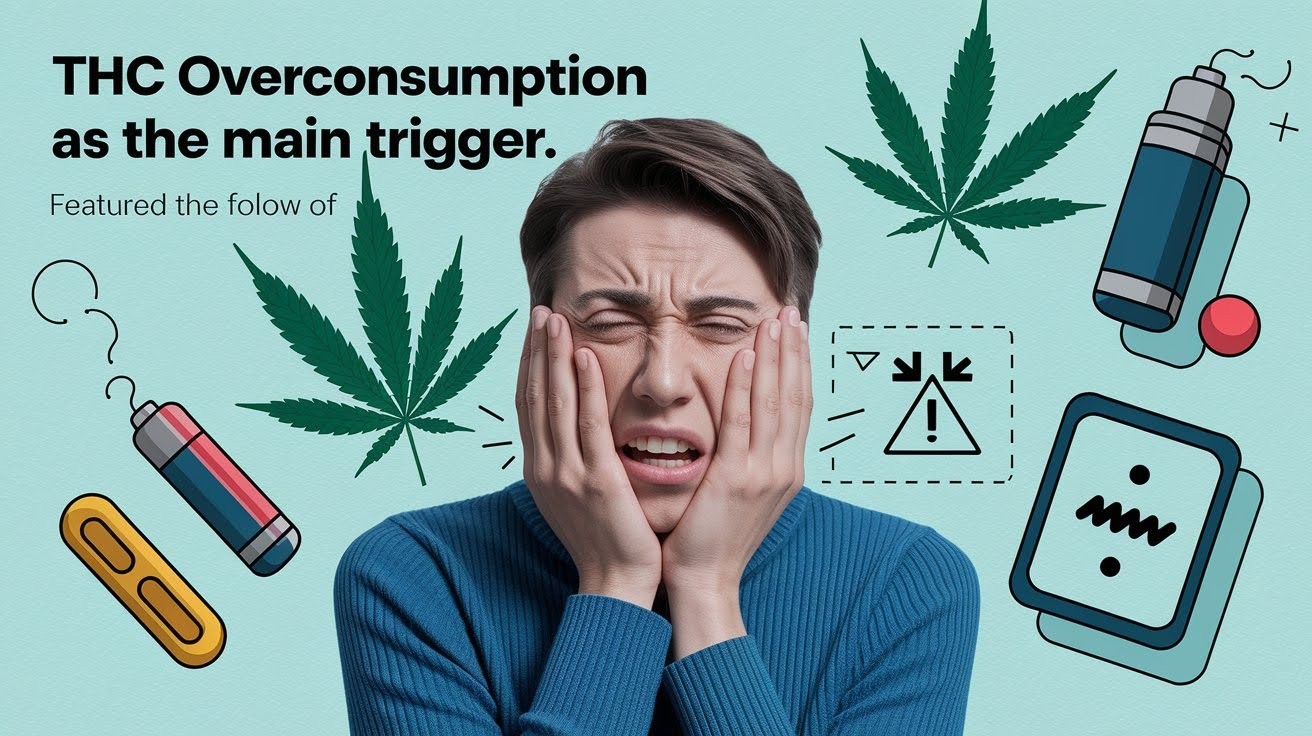
Too much THC is the biggest reason people get muscle spasms from cannabis. I’ve seen this happen countless times – users consume more than their body can handle, and the shaking starts.
Your dose matters more than anything else. Higher amounts of THC directly increase your chances of experiencing muscle spasms. Individual tolerance plays a huge role here. If you’re new to cannabis, you’ll be more sensitive to these effects.
Even experienced users can overconsume. They underestimate product strength or try something new. Today’s cannabis is much stronger than before, making it easier to take too much accidentally.
How you consume cannabis also matters. Edibles hit differently than smoking or vaping. They take longer to work but create longer-lasting effects.
Here’s what happens inside your body: When you take too much THC, your cannabinoid receptors become overactive. This creates a chain reaction throughout your nervous system.
Your body normally controls muscle movement smoothly. But excessive THC disrupts this natural control system. The result? Involuntary muscle contractions and spasms can feel alarming, but are usually temporary.
2. Contributing Physical Factors
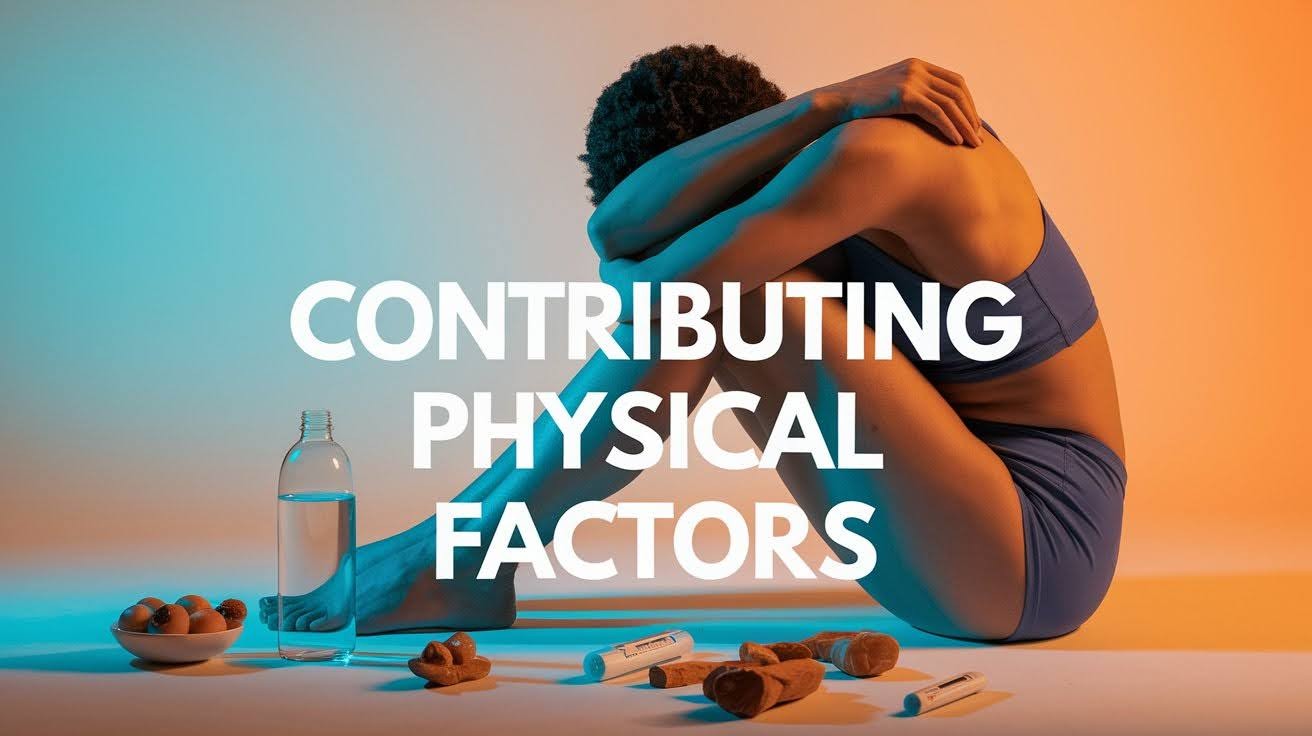
THC isn’t the only thing causing your muscle spasms. Your body’s physical state plays a huge role, too. I’ve noticed that users who ignore basic health needs experience worse symptoms.
Dehydration is a major problem. Cannabis gives you dry mouth, which often leads to not drinking enough water. When you’re dehydrated, your muscles don’t work properly. They start cramping and twitching more easily.
Your blood volume drops when you’re dehydrated. This means less oxygen and nutrients reach your muscles. The result? More spasms and discomfort.
But there’s more to consider: Your body needs the right balance of minerals to function. When you’re high, you might forget to eat or drink properly. This messes up your sodium, potassium, and magnesium levels.
These minerals control how your muscles contract. Without enough of them, your muscles can’t relax properly.
Low blood sugar makes everything worse. If you haven’t eaten before using cannabis, your glucose levels drop. Your body sees this as stress and responds with muscle tremors.
The fix is simple: Stay hydrated, eat regularly, and maintain proper nutrition.
3. Temperature-Related Causes
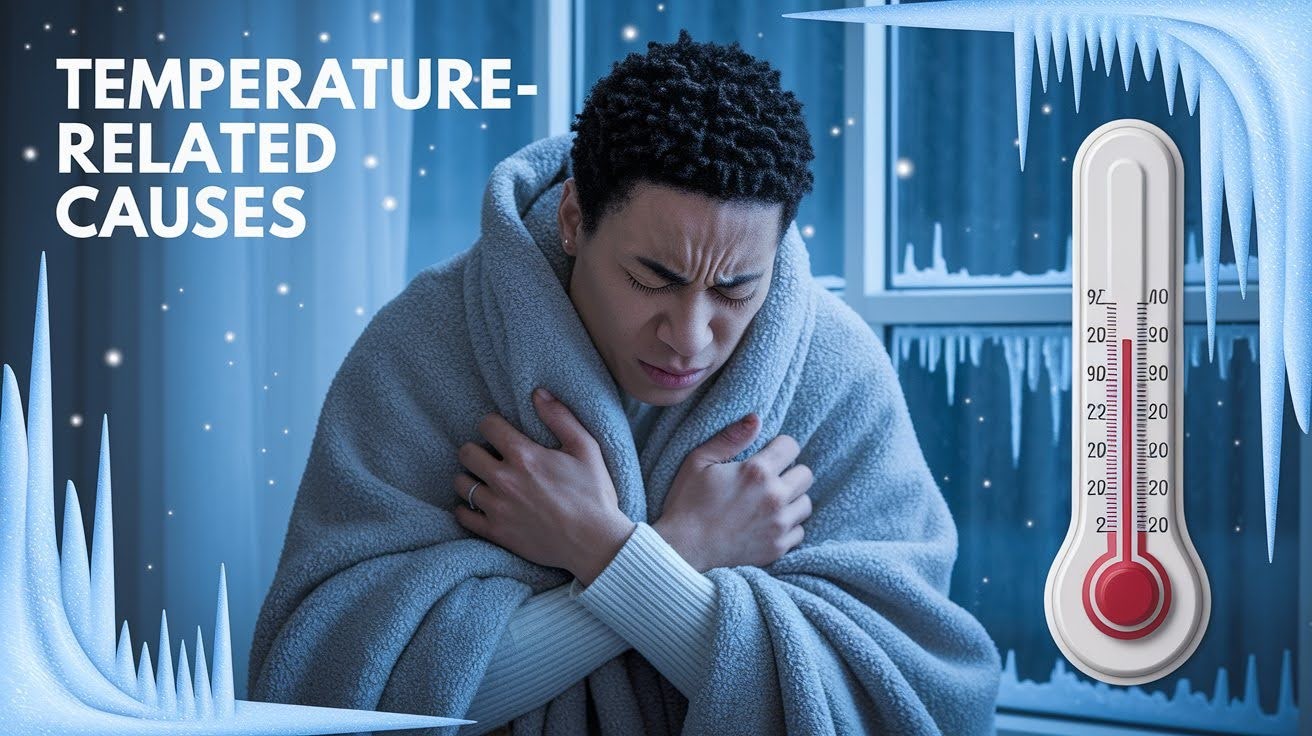
Temperature changes can trigger muscle spasms when you’re high. Most people don’t realize how much cannabis affects their body’s ability to control temperature.
In rare cases, THC can lower your body temperature. This condition is called THC-induced hypothermia. When your core temperature drops, your muscles start contracting to create heat. This natural response causes trembling and spasms.
Your body is trying to warm itself up. The muscle contractions you feel aren’t random – they’re your body’s built-in heating system working overtime.
But here’s what many users miss: The environment around you matters just as much. If you’re in a cold room or outside in cool weather, the effects get worse.
Cannabis reduces your awareness of temperature. You might not notice you’re getting cold until the spasms start. This delayed response makes the problem worse.
The combination is what gets you. Your body temperature drops from the THC, and the cold environment adds extra stress.
Your muscles respond by contracting more frequently and intensely. Simple solution: Keep warm when using cannabis and pay attention to your environment.
Symptoms and Manifestations
Cannabis-induced muscle spasms cause involuntary twitching, increased heart rate, muscle stiffness, and coordination problems that can last for hours.
1. Physical Symptoms of Cannabis-Induced Muscle Spasms
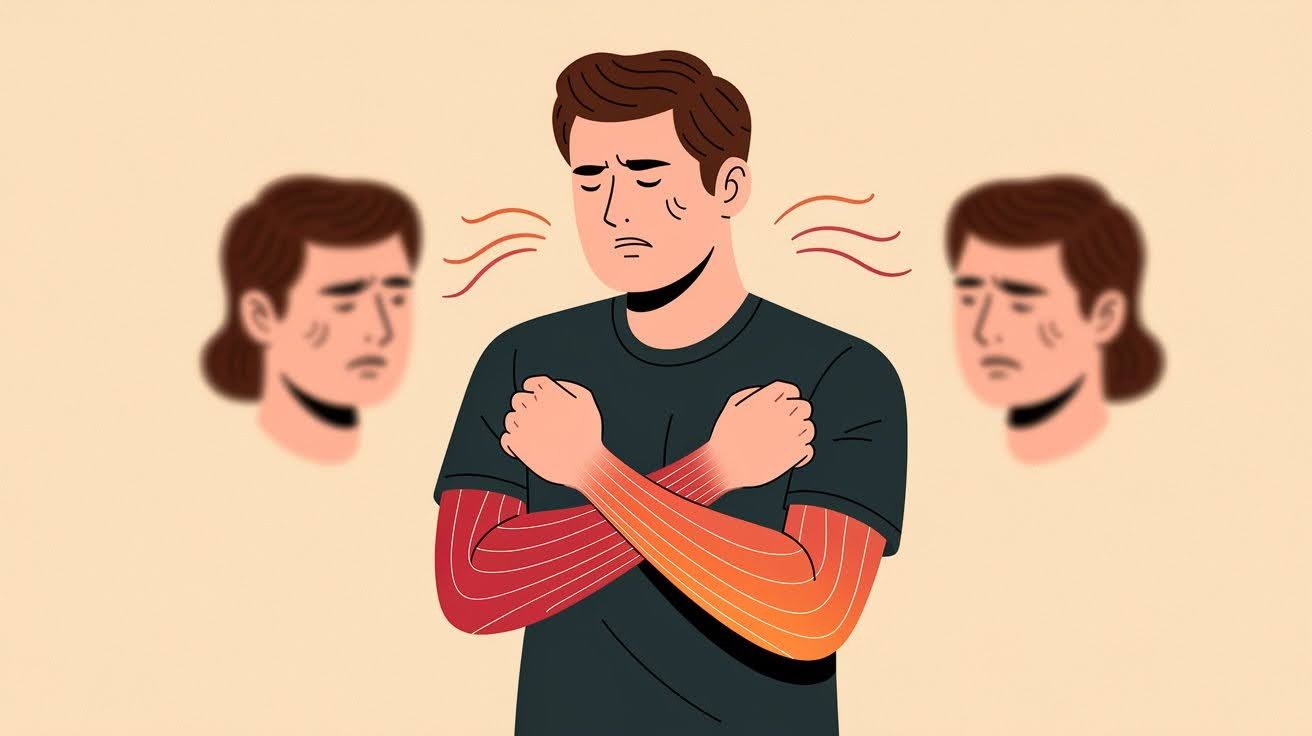
When muscle spasms hit, you’ll know it. The symptoms are hard to ignore and can be quite alarming if you’re not expecting them.
The most obvious sign is involuntary muscle tremors. Your muscles start twitching on their own. Sometimes the contractions happen in a steady rhythm. Other times, they’re completely random.
You might feel spasms in just one area, like your hands or arms. But sometimes the shaking spreads throughout your whole body.
But muscle spasms don’t come alone. Your heart rate usually increases, too. You might feel your pulse racing in your chest.
Movement becomes difficult. Your muscles feel stiff and tight. Simple tasks like picking up objects become clumsy and awkward.
These symptoms usually happen together, creating an uncomfortable experience that can last for hours.
2. Associated Psychological Symptoms
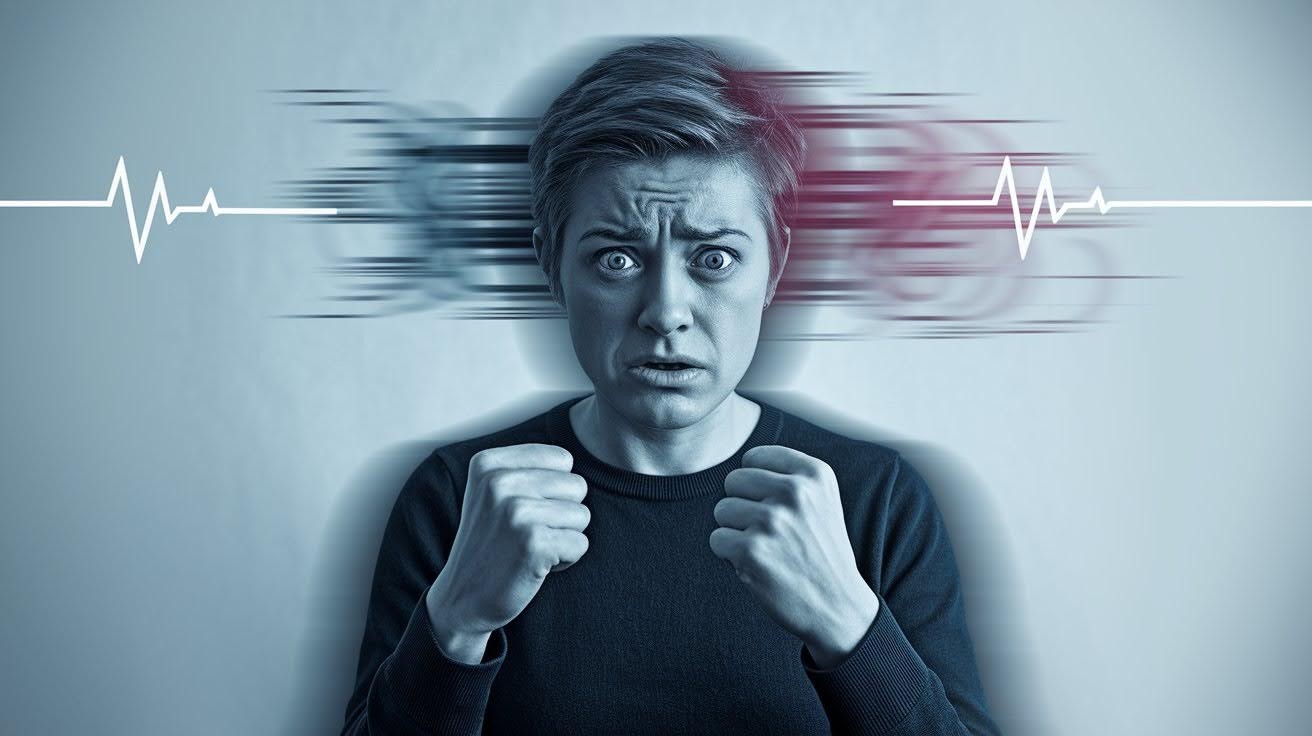
Muscle spasms don’t just affect your body – they mess with your mind too. I’ve seen users become extremely anxious when the twitching starts, which only makes everything worse.
Your anxiety levels shoot up when you lose control of your muscles. The involuntary movements feel scary and unfamiliar. This fear creates a cycle where anxiety makes the spasms worse, and the spasms increase your anxiety.
Some people experience full panic attacks. They worry that something serious is wrong with their body. The racing heart and muscle tremors feel like a medical emergency.
But here’s what happens next: Your mind starts playing tricks on you. The THC makes you paranoid about the symptoms. You might think you’re having a stroke or seizure.
Your thinking becomes clouded. It’s hard to focus on anything except the muscle movements. Every twitch feels magnified and important.
You become hyper-aware of your body. Normal sensations feel strange and concerning. This heightened awareness makes you notice every small movement or feeling, creating more worry and stress.
3. Severity Levels and Variations
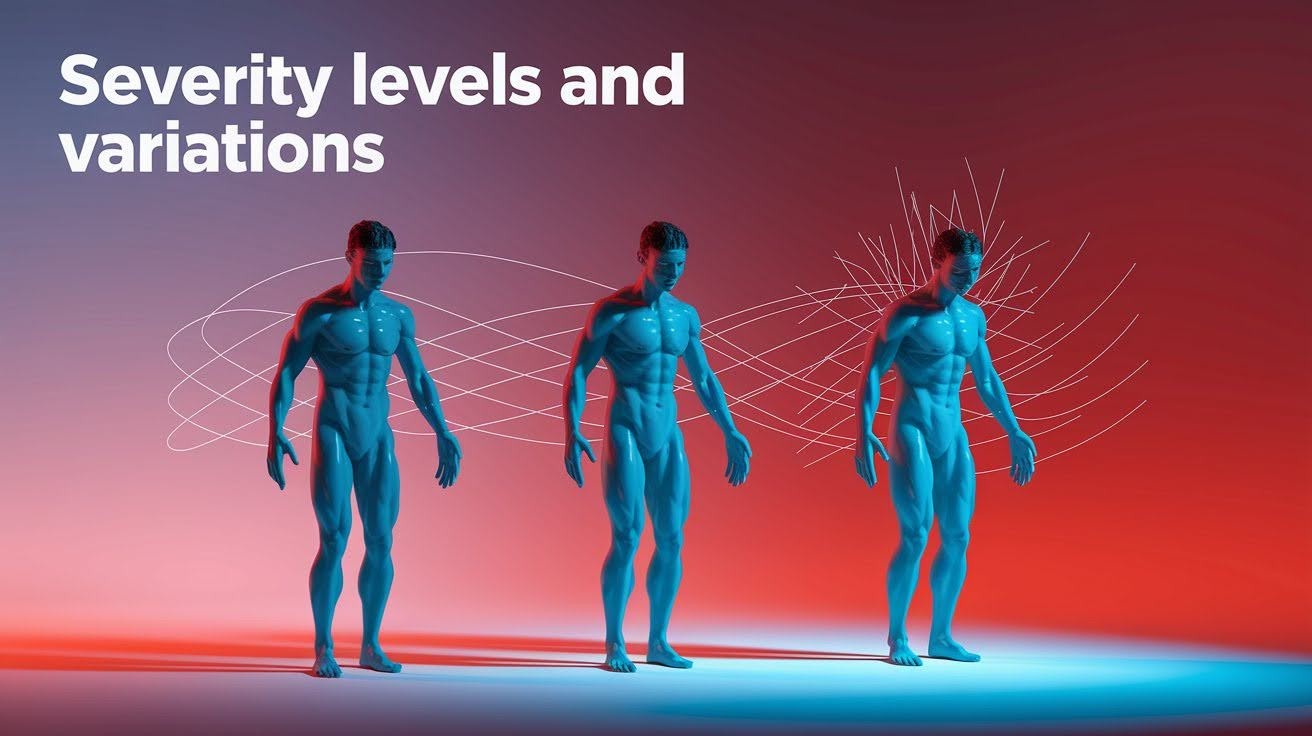
Not all muscle spasms are created equal. The intensity can range from barely noticeable to severely disruptive. I’ve worked with users who experienced the full spectrum.
Mild symptoms are often easy to ignore. You might notice subtle twitches in your fingers or a slight tremor in your hands. These spasms usually last just a few seconds and come and go randomly.
Many people can still function normally with mild spasms. The twitching might be annoying, but it doesn’t stop you from doing basic activities.
But severe cases are completely different. Your whole body can shake uncontrollably. The muscle contractions don’t stop – they keep going for minutes or even hours.
Everything becomes difficult with severe spasms. Walking, eating, or holding objects becomes nearly impossible. The involuntary movements are so strong that they interfere with daily tasks.
The distress level increases dramatically, too. Mild spasms worry you slightly. Severe ones can be genuinely frightening and overwhelming.
Most users fall somewhere in between these extremes, experiencing moderate symptoms that are uncomfortable but manageable.
Prevention Strategies
Prevent muscle spasms by starting with low doses (2.5mg edibles or a few puffs), increasing gradually, knowing your limits, and buying tested products from licensed dispensaries.
1. Responsible Cannabis Consumption
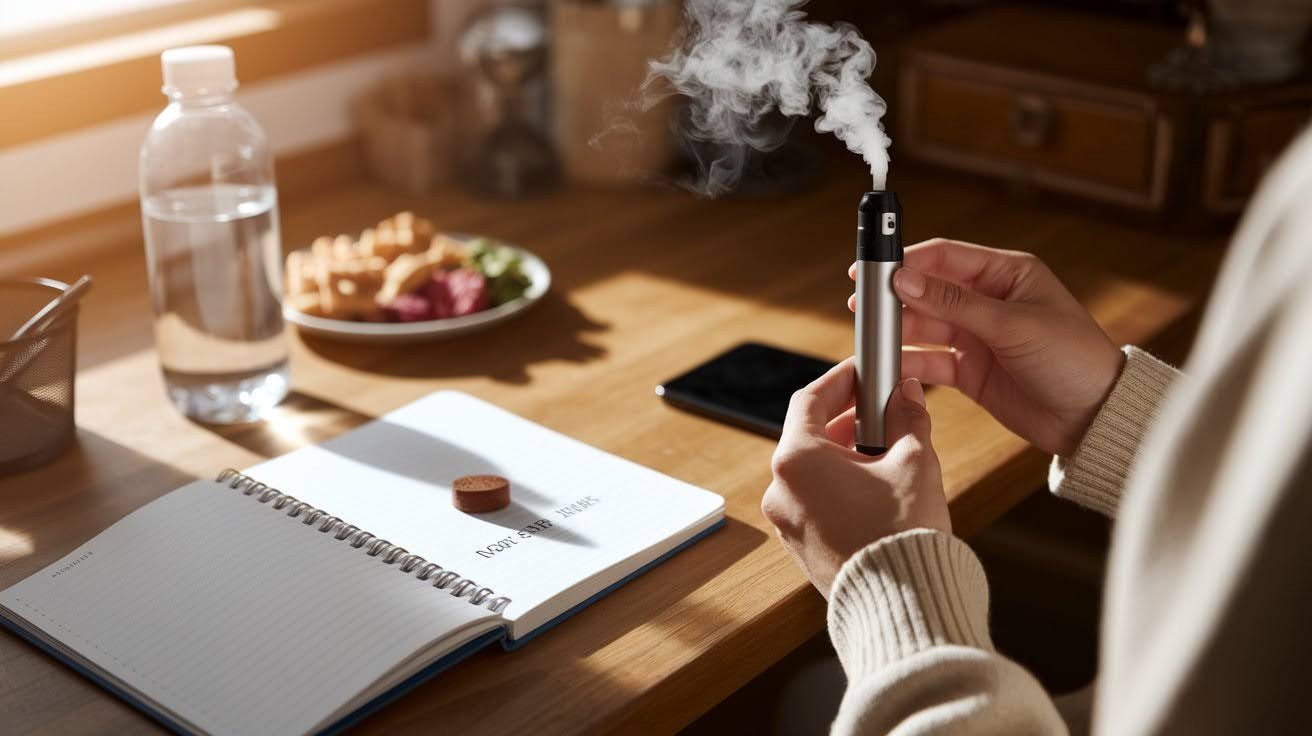
Prevention is always better than dealing with muscle spasms. I’ve helped hundreds of users avoid these problems by teaching them smart consumption habits.
Start low and go slow. New users should begin with tiny amounts – just a few puffs or 2.5mg of edibles. Your tolerance builds over time, so there’s no rush.
Know your limits. Everyone’s tolerance is different. What works for your friend might be too much for you. Pay attention to how your body responds.
Increase doses gradually. If you want stronger effects, add small amounts over several sessions. Don’t jump from low to high doses quickly.
Watch for early warning signs. If you feel anxious, shaky, or uncomfortable, you’ve probably had enough. Stop before symptoms get worse.
Different methods work differently. Smoking hits fast but doesn’t last long. Edibles take 1-2 hours to work, but last much longer. Vaping falls in between. Time your consumption wisely.
Don’t use cannabis when you have important tasks or need to drive later. Buy from trusted sources only.
Licensed dispensaries test their products for potency and safety. Street products are unpredictable and dangerous. Always read the labels. Know exactly how much THC you’re taking.
2. Pre-Consumption Preparation

Smart preparation prevents most cannabis-related problems. I always tell users that what you do before consuming is just as important as how much you take.
Eat a proper meal first. An empty stomachs make everything worse. Food helps stabilize your blood sugar and reduces the risk of spasms. Don’t skip this step.
Drink plenty of water beforehand. Cannabis causes dry mouth and can lead to dehydration. Start hydrating an hour before you consume.
Get enough sleep the night before. Tired bodies handle THC poorly. Well-rested users experience fewer negative effects and recover faster. Choose your location carefully. Stay somewhere familiar and comfortable. Your home is usually the best option, especially if you’re new to cannabis.
Have someone trustworthy nearby. Don’t use alone if you’re trying a new product or a higher dose. A sober friend can help if things go wrong. Prepare comfort items in advance. Keep water, snacks, and blankets within reach. You don’t want to search for these during an episode.
Check your mental state. Don’t use cannabis when you’re stressed, anxious, or dealing with major problems. Wait for a better time. Know what to expect and how long the effects typically last.
3. Building Tolerance Awareness

Knowing your limits takes time and attention. I encourage all users to track their responses carefully. This simple habit prevents most overconsumption problems.
Keep a basic consumption journal. Write down how much you took, when you took it, and how you felt. Note any negative effects like spasms or anxiety.
Look for patterns in your responses. You might notice that certain amounts always cause problems. Or that specific products affect you differently.
Watch for early warning signs. Mild anxiety, faster heartbeat, or slight tremors mean you’re approaching your limit. Stop before symptoms get worse.
Adjust your habits based on what you learn. If 10mg edibles cause spasms, stick to 5mg next time. Your journal will guide these decisions.
But here’s something many users ignore: Taking tolerance breaks helps you enjoy cannabis more. Regular breaks reset your system and prevent problems.
Avoid daily high-dose consumption. Your tolerance builds quickly with frequent use. Soon, you’ll need more THC to feel the same effects.
Plan structured consumption schedules. Maybe weekends only, or every few days. Giving your body time to recover keeps your tolerance manageable and reduces spasm risk.
Conclusion
Muscle spasms when high can feel scary, but they’re usually harmless and temporary. The main culprit is almost always too much THC overwhelming your system.
Now you know how to recognize the symptoms, manage them effectively, and most importantly, prevent them from happening again.
Remember the key strategies: Start with low doses, stay hydrated, keep warm, and use breathing techniques if spasms occur. Most episodes last only 20-30 minutes and resolve on their own.
You’re now equipped with practical solutions to handle this common cannabis experience. Smart preparation and responsible consumption will help you avoid future problems.
Have you experienced muscle spasms when high? Share your story in the comments below – your experience might help other readers feel less alone and more confident in managing their symptoms.
Frequently Asked Questions
What causes muscle spasms when high?
Muscle spasms when high are primarily caused by THC overconsumption. When you take too much THC, it overwhelms your cannabinoid receptors and disrupts normal muscle control, leading to involuntary contractions and tremors.
How long do muscle spasms when high typically last?
Most muscle spasms when high last 20-30 minutes on average. Symptoms usually start within an hour of consumption, peak at 1-2 hours, then gradually subside as THC levels decrease in your bloodstream.
Are muscle spasms when high dangerous?
Muscle spasms when high are usually harmless and temporary. While they can feel alarming, they’re typically just a sign of THC overconsumption and will resolve on their own without lasting effects.
How can I stop muscle spasms when high?
Use deep breathing techniques like the 4-7-8 method, stay warm and hydrated, find a comfortable position, and practice progressive muscle relaxation. Avoid additional cannabis, stimulants, or strenuous activity during episodes.
How can I prevent muscle spasms when high?
Start with low doses (2.5mg edibles or a few puffs), increase gradually, eat before consuming, stay hydrated, and buy tested products from licensed dispensaries. Know your tolerance limits and watch for early warning signs.

